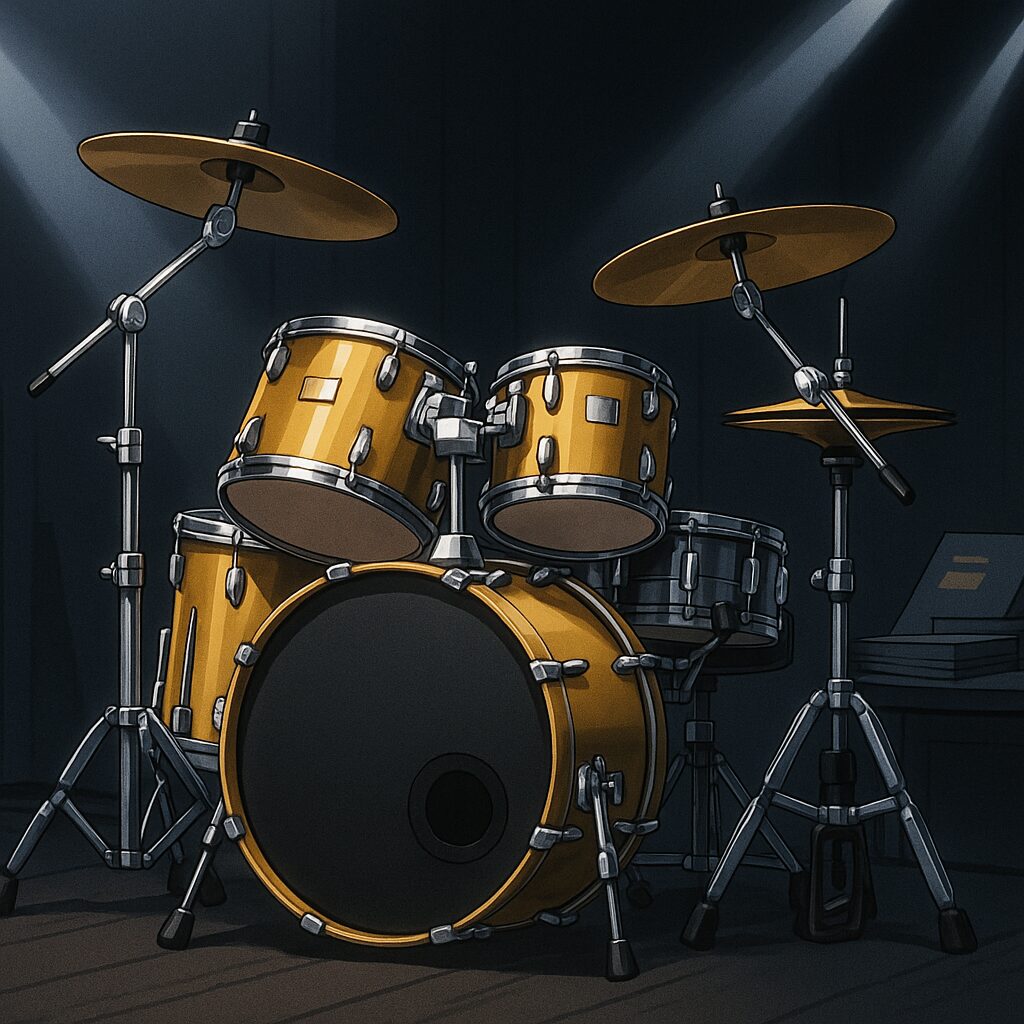Sanae Takaichi and Heavy Metal

Sanae Takaichi and Heavy Metal
Sanae Takaichi has been profiled in Japanese media as a long‑time heavy‑metal enthusiast with hands‑on experience as a student drummer. The connection appears in multiple public profiles and feature pieces, often alongside notes about motorcycles and baseball fandom. This article consolidates those reported details into a single reader‑facing reference and clarifies common questions about scope and context.
- Personal link: early listening to classic hard rock/heavy metal, followed by active drumming through school years.
- Campus period: participation in Kobe University’s light‑music club and formation of a metal band named “Rui.”
- Cultural footprint: occasional entertainment appearances tied to metal, and recurrent lifestyle motifs that reinforce a high‑energy image.
Early Exposure to Rock/Metal

- Elementary–middle school: profiles report early listening to Black Sabbath and Deep Purple, staples of classic heavy metal and hard rock.
- Entry point: loud guitar tones, dramatic song forms, and rhythm‑centric tracks are described as formative interests.
- Instruments: interest in percussion emerges in adolescence, aligning with the genre’s emphasis on drive and precision.
High School and Drums
- Start of practice: began playing drums in high school and built basic technique through repeated rehearsal of standard rock patterns.
- School settings: cultural festivals and small ensemble sessions provided performance opportunities typical of club activities.
- Skill emphasis: timing, stamina, and dynamic control are frequently mentioned as attributes associated with a drummer’s role.
University Years
- Campus affiliation: enrolled at Kobe University and joined the light‑music club, a common hub for band formation and rehearsal scheduling.
- Band formation: created a heavy‑metal band titled “Rui,” performing at campus events and small venues.
- Setlist focus: classic heavy‑metal covers and hard‑rock standards are reported as rehearsal and performance material; arrangements were adapted to student‑band instrumentation and time limits at events.
- Rehearsal culture: booking practice rooms, coordinating equipment, and preparing for festival calendars illustrate the logistics typical of university band life.
Favorite Japanese Artists (as reported)
- X JAPAN (enthusiasm for YOSHIKI’s compositions and performance style).
- Seikima‑II (Demon Kakka), noted for theatricality and musicianship within the Japanese metal lineage.
- Contemporary bridge: references to BABYMETAL indicate awareness of modern crossover acts that blend idol performance with metal instrumentation.
Media Appearances Connected to Metal
- Television: a segment featuring a rendition of X JAPAN’s “Rusty Nail.”
- Radio: guest appearance on a BABYMETAL program in August (recent cycle), where detailed knowledge of the scene was highlighted by hosts and coverage.
- Profile framing: lifestyle and culture features periodically revisit the music background when introducing personal history to general audiences.
Related Hobbies Often Profiled Together
- Motorcycles: ownership histories that include models such as Z400GP and KATANA GSX400S are frequently cited; machine choice is presented as part of a disciplined, performance‑oriented image.
- Sports fandom: strong support for the Hanshin Tigers appears across profiles, with memorabilia mentions underscoring long‑running enthusiasm.
- Reading and media: references to motorsports manga from the 1980s are sometimes listed in lifestyle pieces, contributing to an overall high‑octane motif.
Public Image: How the Metal Motif Is Read
- Drumming as metaphor: public commentary often links a drummer’s role—steady timekeeping and dynamic control—to impressions of rhythm, stamina, and focus in leadership.
- Generational touchpoints: classic‑era bands (e.g., Sabbath, Deep Purple) and Japanese acts (X JAPAN, Seikima‑II) create shared references for different age groups.
- Visual shorthand: headlines occasionally lean on metal aesthetics to signal intensity; the underlying narrative remains biographical rather than purely stylistic.
Q&A
Is there confirmation of long‑term fandom?
Profiles describe sustained interest from youth through university, with later media references reinforcing continuity.
Is there evidence of professional musician activity?
Reports describe student‑band participation and occasional entertainment segments, not a professional music career.
Does the music background imply policy positions?
Public profiles present the music background as a cultural note. Policy views and legislative positions are documented separately and should be evaluated on their own terms.
Why do motorcycles and baseball appear in the same profiles?
They are recurring lifestyle notes that help explain a high‑energy personal image alongside music interests, offering concrete details that general audiences recognize.
Extended Timeline
- Childhood–Early Teens: exposure to hard rock/heavy metal classics; development of taste for guitar‑driven sound.
- High School: drums become the primary instrument; participation in school events and practice ensembles.
- University (Kobe University): membership in the light‑music club; formation of Rui; campus festivals and small‑venue performances; rehearsal cycles aligned with academic calendars.
- Early Public Career: occasional references to music background in interviews and features; continued recognition of favorite bands.
- Later Media Notes: televised rendition of “Rusty Nail” and a BABYMETAL radio guest spot link the biography to contemporary entertainment formats.
Frequently Cited Songs and Classics
- Black Sabbath: tracks commonly cited in classic‑era discussions include “Paranoid,” “Iron Man,” and “War Pigs.”
- Deep Purple: emblematic songs in public memory include “Smoke on the Water” and “Highway Star.”
- X JAPAN: “Rusty Nail,” “Endless Rain,” and other ballad/anthem forms often surface in mainstream coverage.
- Seikima‑II: selections vary by feature piece, typically emphasizing stagecraft and riff‑driven arrangements.
The titles above reflect widely known classics aligned with the artists mentioned in profiles. Inclusion here illustrates the repertoire space rather than asserting a definitive personal setlist.
Notes
This page aggregates reported facts relevant to the connection between Sanae Takaichi and heavy metal. The focus remains on biographical elements and publicly described appearances, with unrelated genre commentary excluded to maintain clarity and scope.










